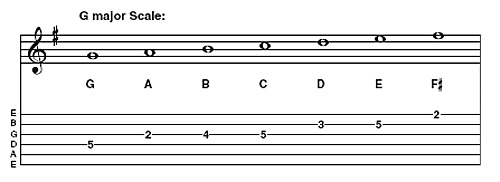In Theory: Power chords
A quick technique tip that will make you better
In future entries, we'll be giving you a gentle introduction to the theory behind chord construction. Don't worry, it's a lot less dreary than it sounds, honest! And don't forget that even a basic knowledge of chord building will open up your playing and make you a more useful musician.
For now, though, we're going to neatly sidestep hundreds of years of musical development and jump into chord theory by the back door. We're going to look at power chords! Make the devil horns sign, everyone!
First, let's use a tiny bit of 'proper' chord theory. The basis for almost all chords in Western music is the triad. Taking the first, third and fifth notes of any major scale gives the major triad, and flattening (lowering) the third by a semitone turns it into a minor triad. So from the G major scale (G, A, B, C, D, E, F#) we get G, B, D and G, Bb, D...
There are academically more elegant ways of explaining the next bit, but we're going to be a bit less subtle. Those triads just sound awful through a big overdriven amp. It's the fault of the third, with its arty-farty pretensions of major/minor harmony, so let's remove it...

... leading, in both cases, to a power chord! Strictly speaking, it's not a chord at all, chords have at least three different notes. This is a root-fifth diad, but everyone calls them 'power chords'.

In a chord chart, it would be notated as G5. The last step is to make it sound cool. It's a moveable shape common in rock and metal - the root can be on either the fifth or sixth string and the root is often doubled, creating three-note shapes.
Want all the hottest music and gear news, reviews, deals, features and more, direct to your inbox? Sign up here.